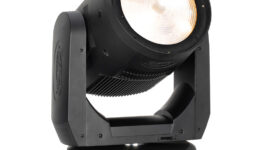LISTEN HERE
10 Sep 2024
WHEN PLUG-INS DECIDE THINGS FOR YOU
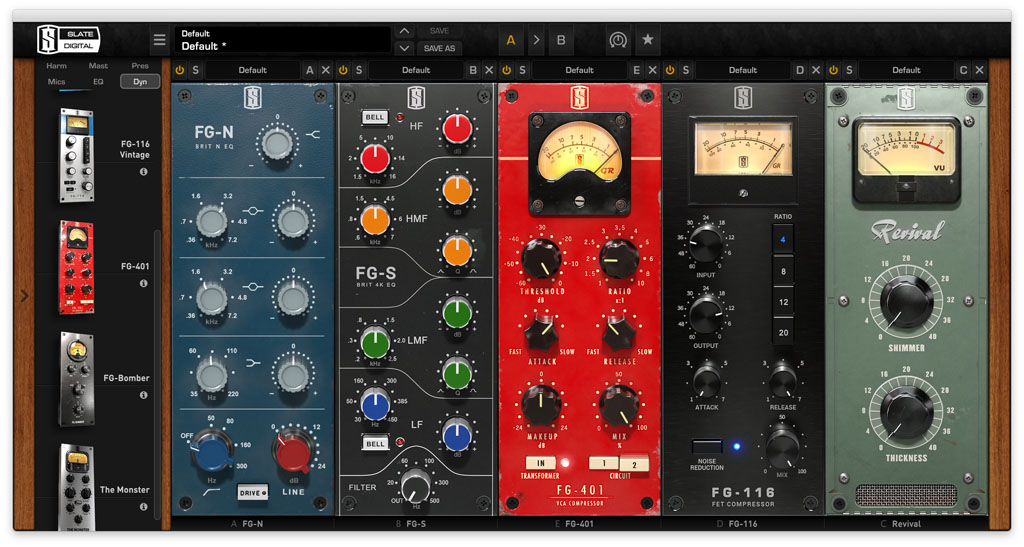
Subscribe to CX E-News
When it comes to audio dilemmas, creative solutions or mixing options, plug-ins are invariably everyone’s go-to solution. Got a problem? Reach for a plug-in. Have an issue with a sound’s tone, dynamics, or general viability in a mix? Grab a plug-in. Don’t even know how to mix? No problemo… plug-ins to the rescue! But wait… how do plug-ins help if you don’t really understand what they do or how they work?
Knowing your plug-ins is a tricky subject, especially these days. The sheer quantity of options available in 2024 is truly mind-boggling, and if you’re into ‘collecting’ them, all I can say is, look out! If you’re not careful you can wind up with a plug-in list longer than The Great Wall of China, and once that happens, knowing how they all work on any meaningful or creative level becomes highly questionable.
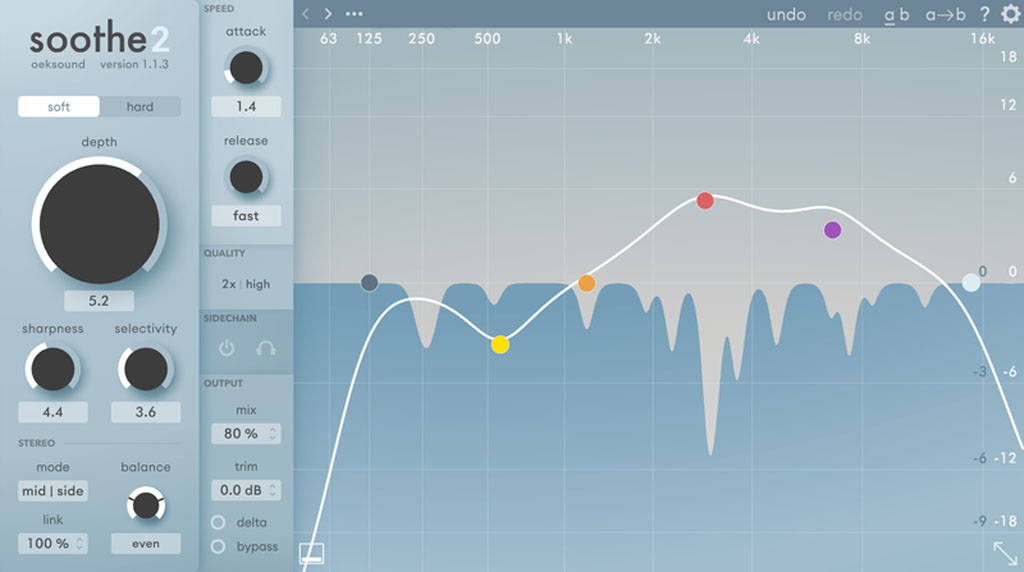
Having a million plug-ins at your disposal seems like a good idea in some ways: it gives you options, makes you versatile, allows you to solve any problem, open someone else’s session, create any effect, and balance any combination of sounds… or does it?
I’m not convinced that owning a plethora of next-generation plug-ins really equates to better sonic results, especially if you’re just starting out. Instead, owning too many plug-ins, each with an ever-widening scope for turning your audio signal inside out, tends to make engineers overcook things, veer hopelessly off track, get into bad habits, or end up lost in a thicket of endless options. In the end, a million surgical tools are no use to anyone if you don’t know how to operate any of them. Maybe it’s time we talked about the pros and cons of plug-in ownership, en-masse.
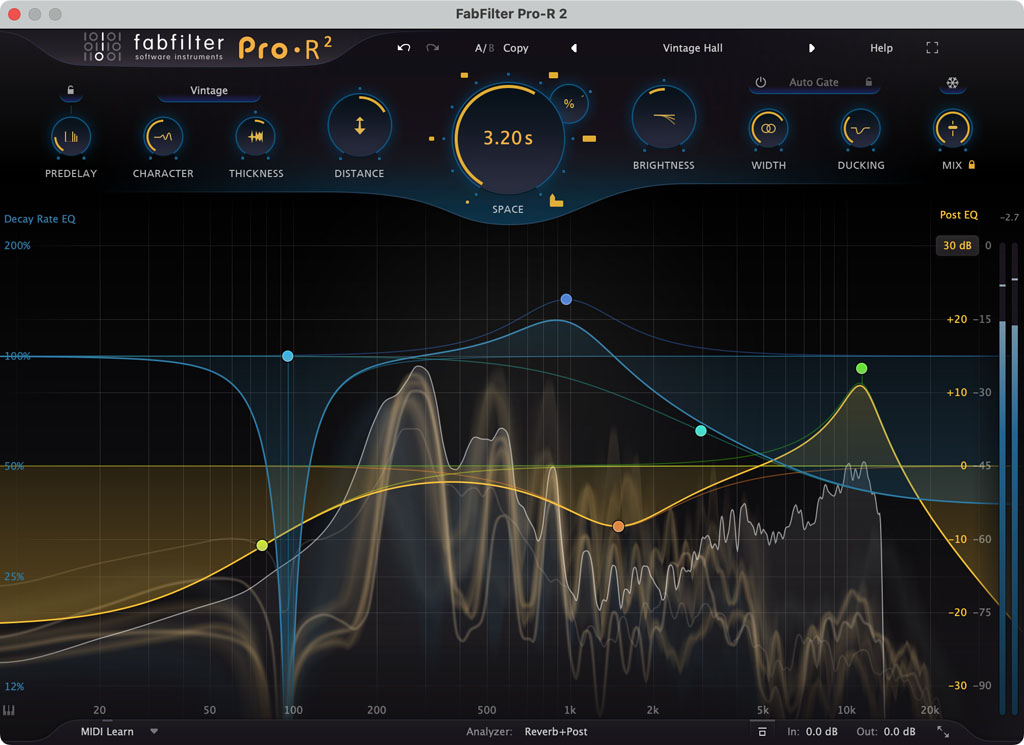
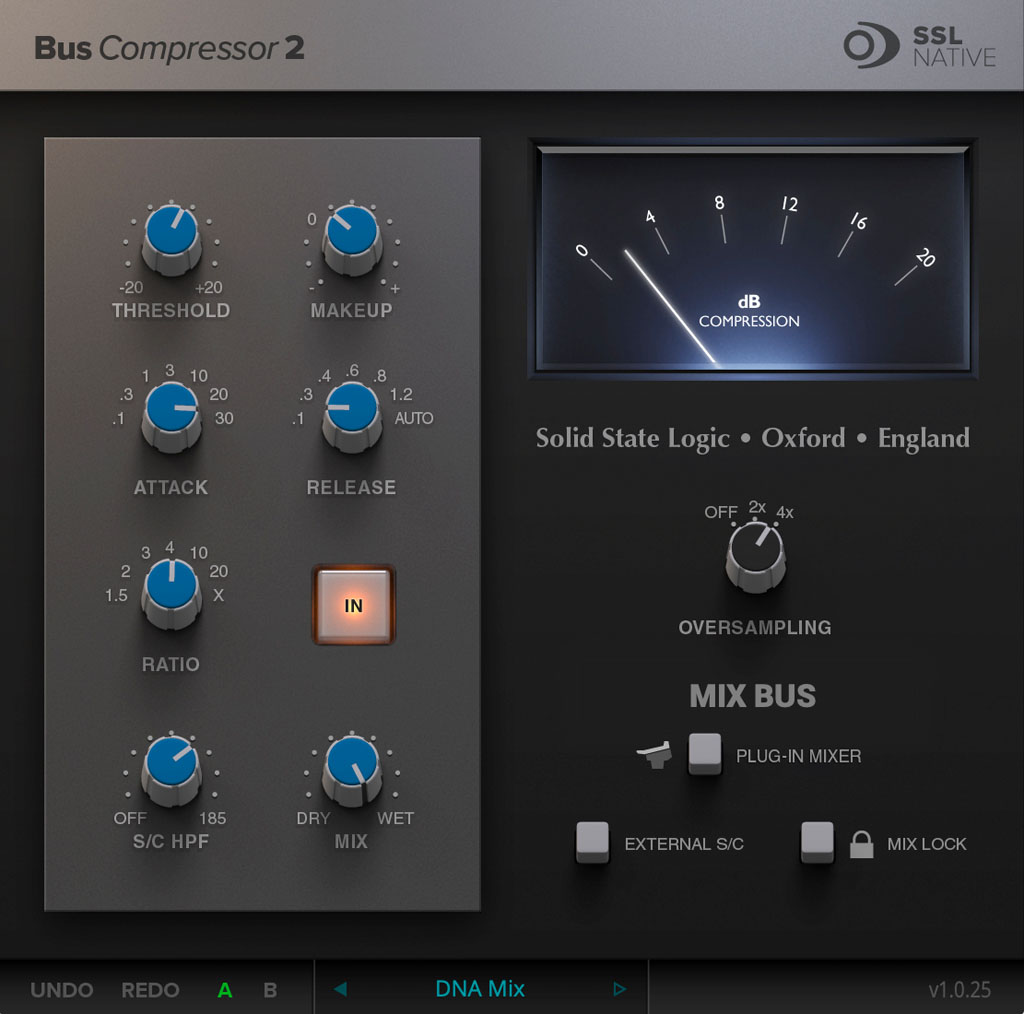
More Plug-Ins, Better Outcomes?
Like anything, the problem with owning too many plug-ins is that you run the risk of never knowing how to use them effectively. If we were to compare plug-ins, like for like, with old outboard gear, in many cases engineers now own the equivalent of a wall of gear 10 feet high and 100 yards long. I’d reckon if engineers had had that much stuff at their disposal back in the day, they would have struggled to know much about how any of it worked!
Back when audio engineers did apprenticeships in studios, their workplace might have had a dozen bits of outboard gear, a console and a tape machine. When they were forced to use this limited amount of equipment to achieve every sonic outcome they imagined, it encouraged them to push the envelope of what every device could achieve. They got to know the equipment extremely well, and more importantly, when to use it.
But all that’s changed. Apprenticeships are now rarer than rocking horse poo and most people learn their trade at home with a few mics and instruments, a DAW, countless plug-ins and access to YouTube – often acquiring their technical information from others who barely know more about the software than they do.
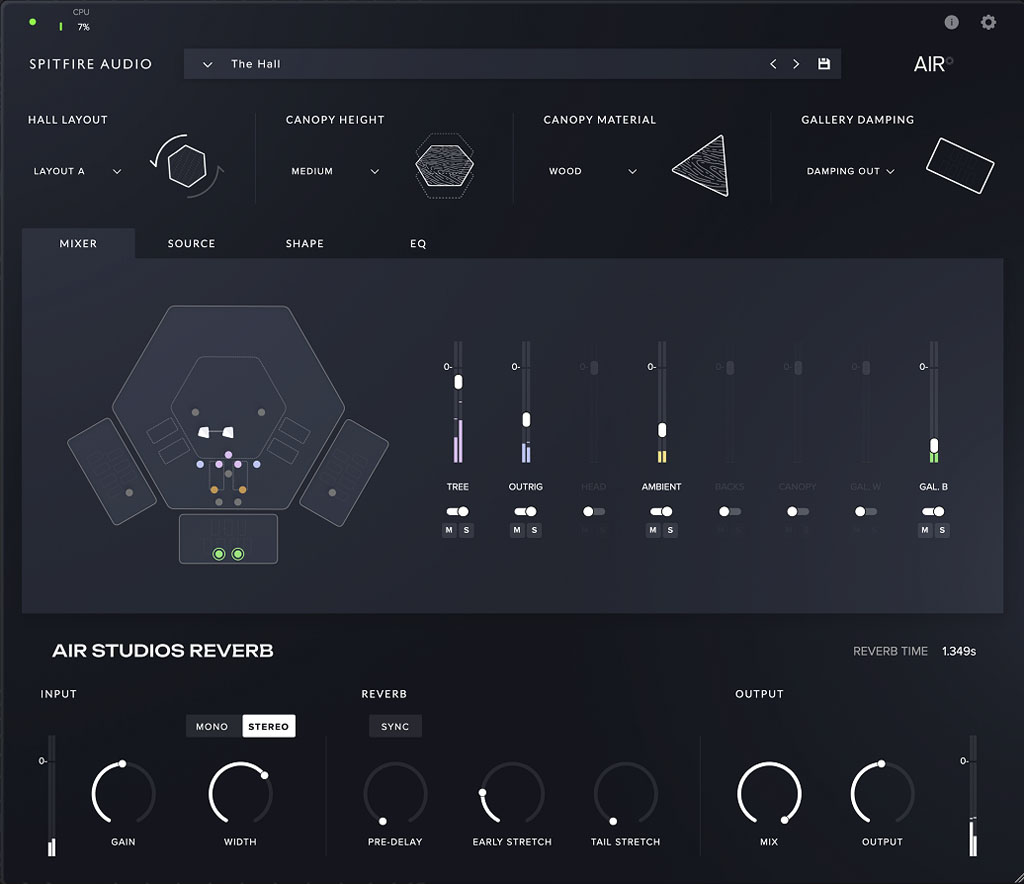
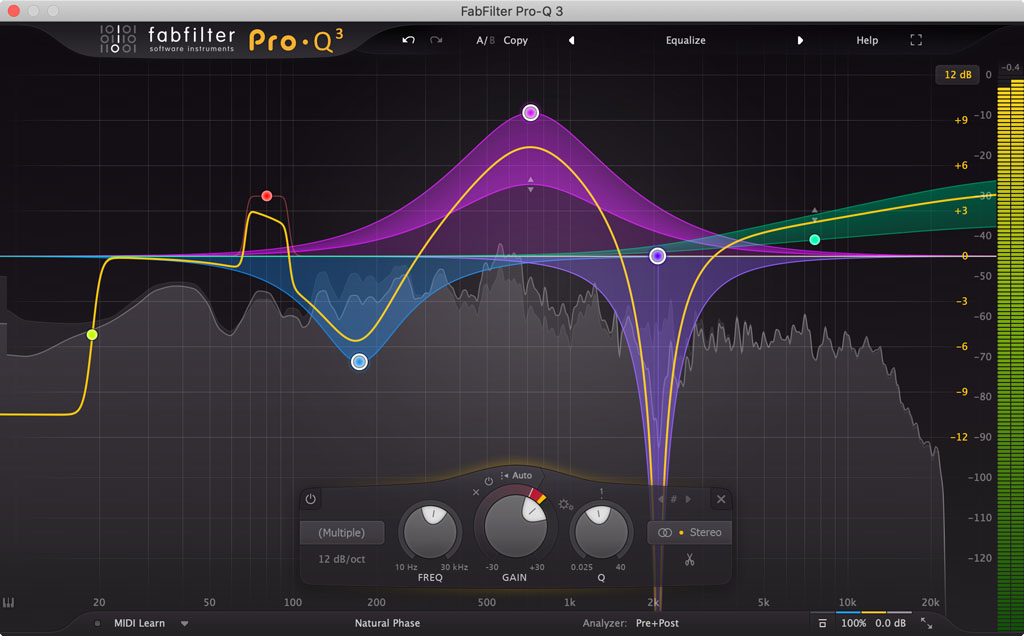
So how then is it better for the next generation of less experienced engineers to own 10,000 plug-ins, many of which are more complicated than any single piece of outboard gear ever was, if it inevitably leads to them barely scratching the surface of how any of them work, frequently to misuse, and poor sonic outcomes? It’s like putting a P-Plater behind the wheel of a Formula One racing car. Sure, the car can go breathtakingly fast and steer more accurately than your mum’s RAV4, but if you’re an inexperienced driver it’s also exponentially more dangerous! Chances are the thing will hurl you into a wall long before you’re likely to win any races in it.
So, if you’re relatively new to this engineering game – and despite the obvious attraction of the millions of fancy toys out there – maybe it’s worth considering a ‘less is more’ approach to plug-ins when it comes to recording and, in particularly, mixing. More specifically, it’s probably best to steer clear of the more complex ones until you have some engineering skills under your belt, especially the next generation of analytical resonance suppressing, dynamic EQ and multiband tone shaping type tools that try to do multiple processes at once whilst keeping many of their internal processes concealed behind a fancy UI. These plug-ins, many of which adjust their parameters in real-time in response to incoming signals rather than statically, tend to affect your audio signal in ways that are hard for beginners to understand, and any interactive controls they do offer tend to assume the user is well versed in the basic principles of things like compression and equalisation.
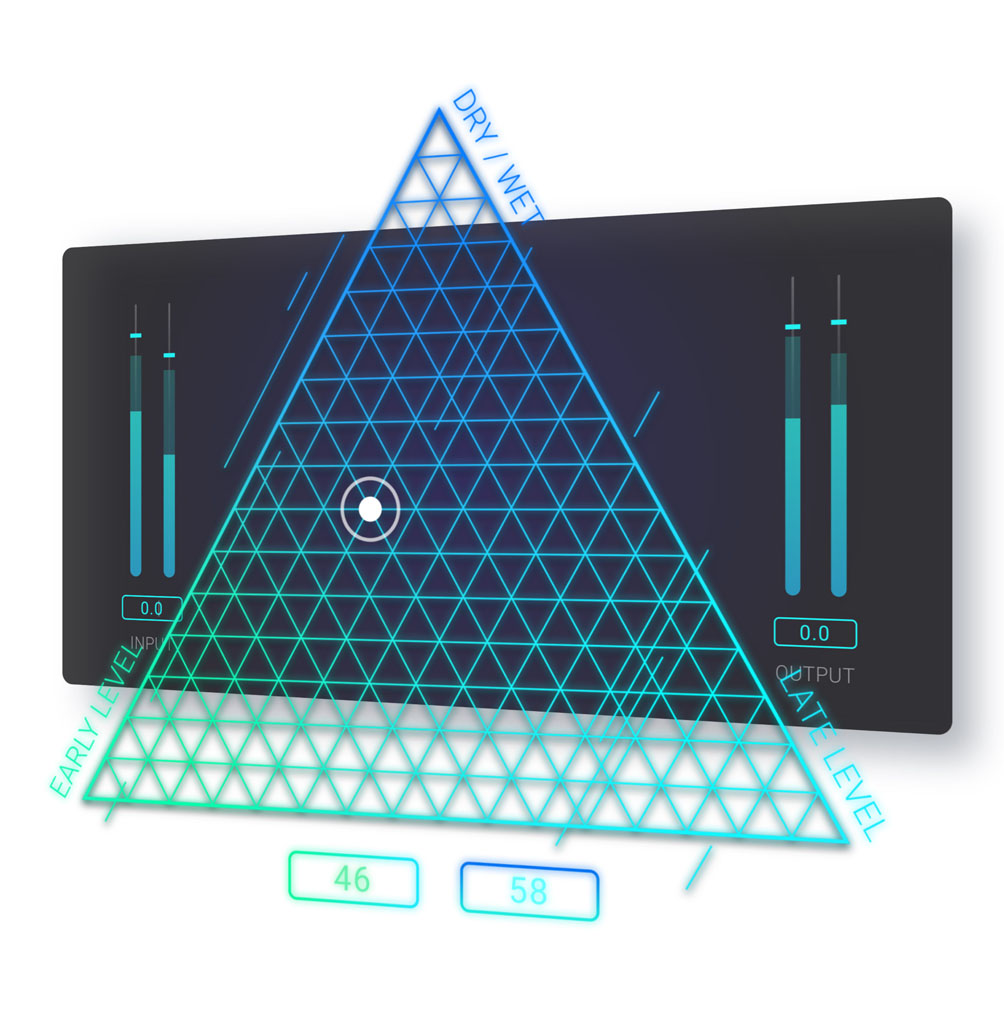
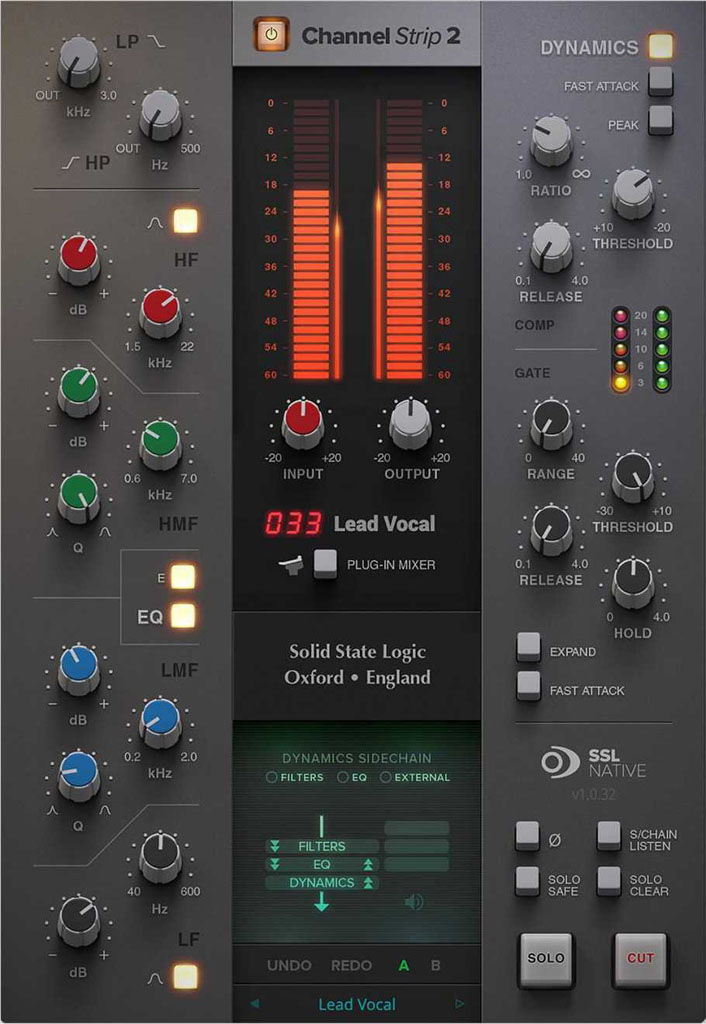
But what’s arguably more concerning is that these plug-ins also tend to discourage beginners and less experienced engineers from learning how to solve problems themselves. That’s a bad approach to audio engineering in general because it infers that the plug-ins know more about what you need than you do. Good engineers learn over time how to make creative and technical choices themselves. They shouldn’t expect to be spoon-fed solutions by plug-ins that want to take the creative process out of their hands.
To give you one simple example, several of these plug-ins that analyse incoming signals constantly bang on in their advertising campaigns about ‘cleaning up the mud in your mix’.
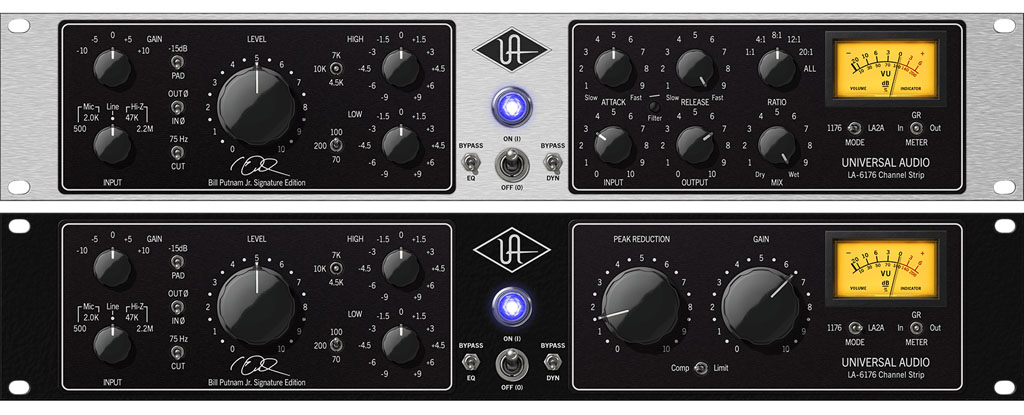
So why is your mix muddy in the first place? Are we, by this logic, to assume that we don’t care what’s happening further back up the mixing chain? Should we not investigate why the mix is muddy and use some simpler tools – like an EQ or a fader, for example – to rebalance the mix? If we’ve done such a poor job of our mix that it sounds horribly muddy the solution is to learn what caused the problem in the first place, not just apply a panacea to the output bus and then sit back and claim we’ve solved the problem. That is not engineering.
Start Simple
Like I said, it pays to learn the basics first. Without a good technical foundation under your belt, some of the real-time sonic shapers like Oeksound’s Soothe2 and Bloom, Soundtheory’s Gullfoss, and even ‘The Masker’ (a free plug-in made by music production technology students from Milan University), will happily step in and take control of your tonal balance and dynamics, but none of them will offer you an insight into why there was a problem with your sound in the first place. It’s like buying pasta sauce off the shelf instead of learning how to cook. Sure, your gumbo may not taste as good at first, but eventually you’ll learn to craft your own unique recipe. It takes time and patience to be good at this game.
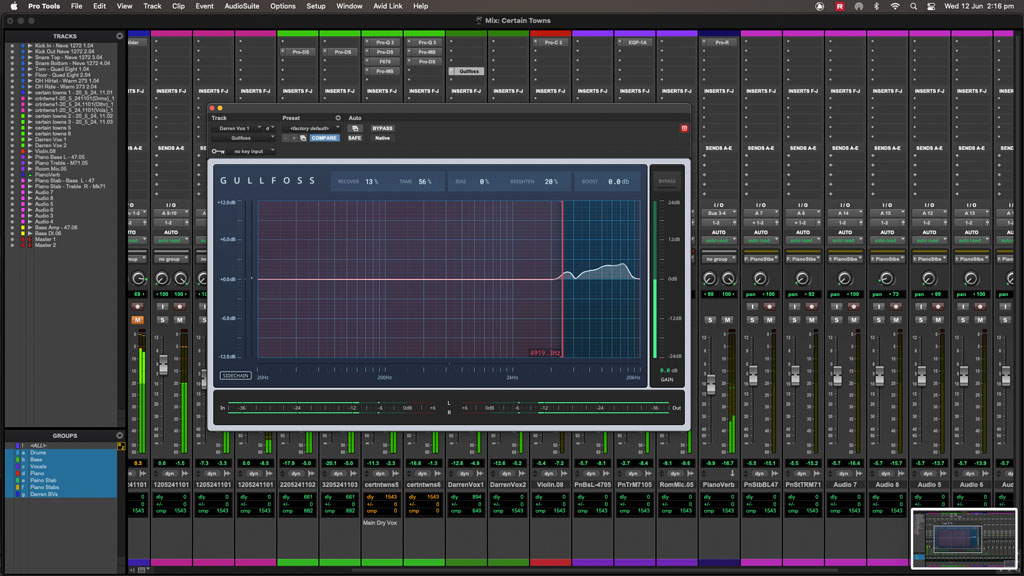
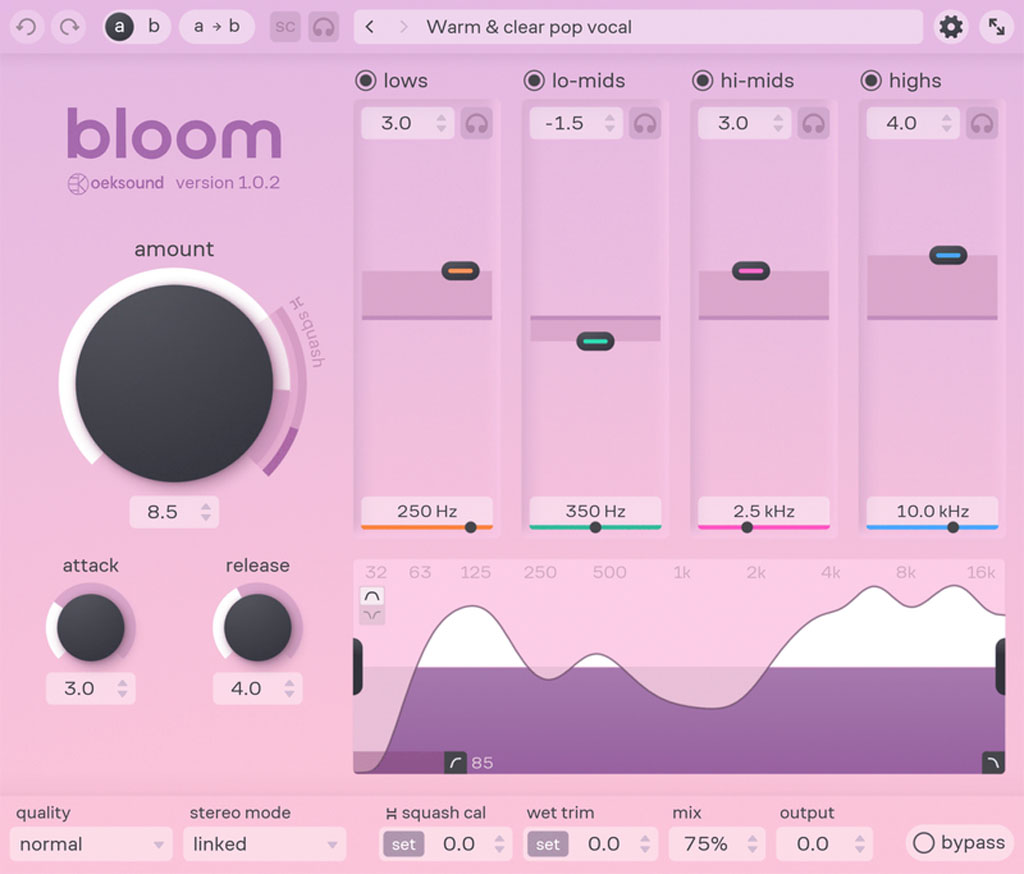
Don’t get me wrong though; some of the newest plug-ins sound mad and do an incredible job not only on the things they were built to control, but in ways no-one could have predicted. But I baulk at some of the propaganda I see out there which tries to describe older EQ and compressor plug-ins as being ‘outdated’ methods of sonic manipulation. It’s simply not true.
Build Your List – Slowly
The last few years have seen the list of plug-in options on the market explode like Krakatoa. Discerning between which ones are best for your signal chains, your workflow, and your wallet is almost becoming a full-time occupation, and the pursuit of the perfect plug-in can lead quickly to a gargantuan list of options, very few of which you are ever likely to use.
The more complex plug-ins that analyse incoming signals on your behalf tend to be expensive, and in many respects only save you time, rather than provide you with a vastly different sonic solution.
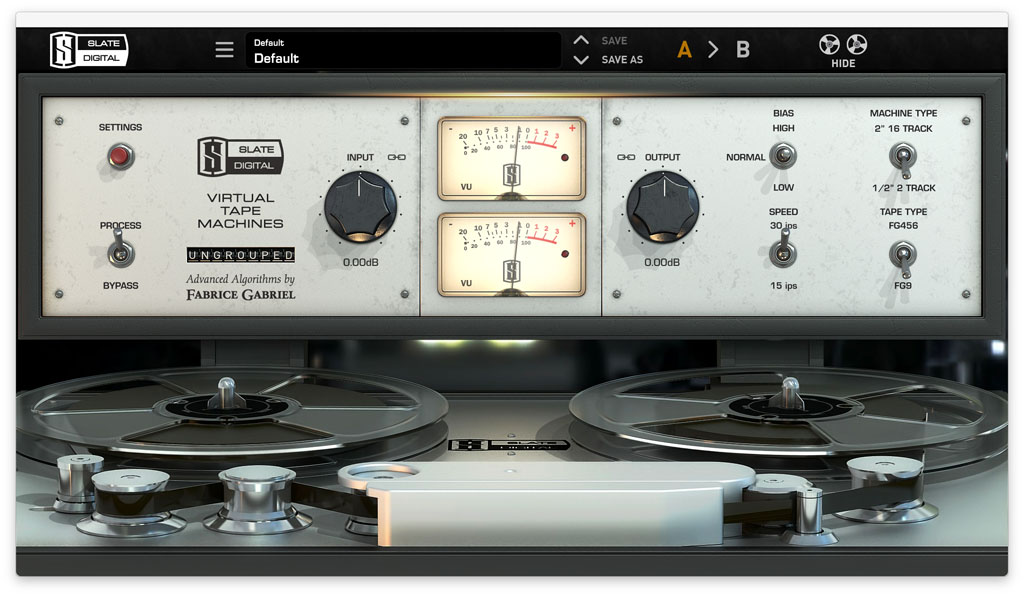
So, it pays to know what you need. If you just go looking for stuff in an undiscerning manner you may end up with a mountain of plug-ins you don’t need, in many cases will never use, and which may do your audio signal more harm than good.
Start simple, and don’t be fooled into thinking you need 10,000 plug-ins. You don’t. To be a great recording, mix, or mastering engineer takes time and effort. It’s not just about acquiring more stuff that offers to do all the work (and thinking) for you.
Andy Stewart owns and operates The Mill in the hills of Bass Coast Shire, in Victoria. He’s happy to respond to any pleas for recording, mixing or mastering help… contact him at: andy@themill.net.au
Subscribe
Published monthly since 1991, our famous AV industry magazine is free for download or pay for print. Subscribers also receive CX News, our free weekly email with the latest industry news and jobs.


